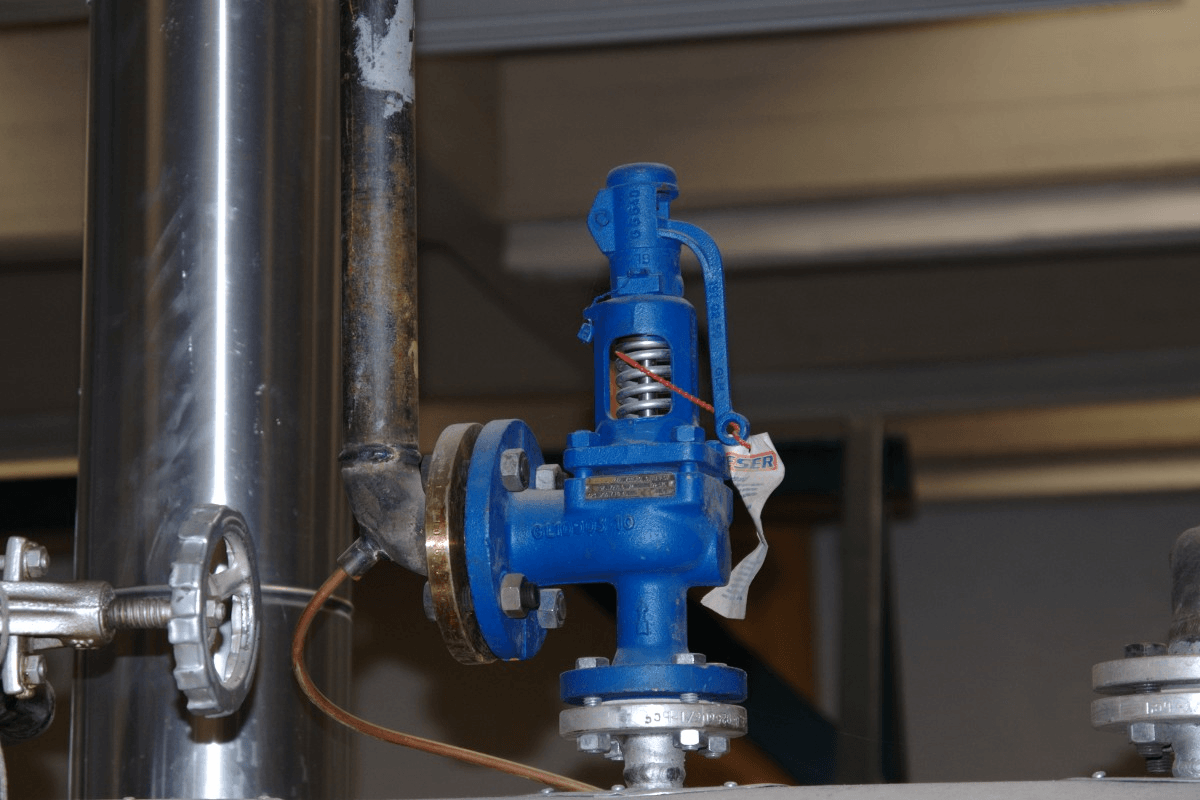When it comes to ensuring the safety and efficiency of industrial systems, the pressure relief valve material selection plays a crucial role. Understanding the factors that influence this decision can significantly impact the performance and longevity of these essential components. This article delves into the various considerations one must keep in mind when selecting materials for pressure relief valves, providing valuable insights for industrial engineers and decision-makers.

Understanding Pressure Relief Valves
Pressure relief valves are designed to release excess pressure from a system to prevent potential failures or explosions. They act as a safety mechanism, ensuring that pressure levels remain within safe limits. The choice of materials for these valves is critical, as it affects their performance, lifespan, and suitability for specific applications.
Importance of Material Selection
The material selection for pressure relief valves is influenced by various factors, including the type of fluid being handled, operating temperature, pressure levels, and the environment in which the valve will operate. Each of these factors must be carefully considered to ensure the valve functions effectively and safely.
Factors Influencing Material Selection
Fluid Compatibility
One of the primary considerations in pressure relief valve material selection is the compatibility of the material with the fluid it will encounter. Different fluids have different chemical properties, and the material must be resistant to corrosion, erosion, and other potential chemical reactions. For example, valves used in corrosive environments may require materials like stainless steel or exotic alloys.
Operating Temperature
The operating temperature of the system is another critical factor. Materials must be able to withstand the temperature range they will be exposed to without degrading. High-temperature applications may require materials like Inconel or Hastelloy, known for their heat-resistant properties.
Pressure Levels
Valves must be designed to handle the maximum pressure they will encounter. The material must have the strength and durability to withstand these pressures without risk of failure. This is especially important in high-pressure applications, where materials like carbon steel or titanium may be necessary.
Environmental Conditions
The environment in which the valve will operate can also influence material selection. Factors such as humidity, exposure to saltwater, or extreme weather conditions can affect the choice of materials. Materials that are resistant to rust and corrosion, such as bronze or brass, may be preferred in such environments.
Common Materials Used in Pressure Relief Valves
Stainless Steel
Stainless steel is a popular choice for pressure relief valves due to its excellent corrosion resistance and strength. It is suitable for a wide range of applications and environments, making it a versatile option.
Bronze
Bronze is often used in applications where resistance to corrosion and wear is essential. It is commonly found in marine and outdoor applications due to its durability in harsh environments.
Carbon Steel
Carbon steel is known for its strength and ability to withstand high pressures. It is typically used in industrial applications where pressure and temperature conditions are extreme.
Exotic Alloys
For applications with unique requirements, exotic alloys like Hastelloy or Monel may be used. These materials offer exceptional resistance to corrosion and high temperatures, making them suitable for specialized applications.
Conclusion
In conclusion, the pressure relief valve material selection is a critical decision that impacts the safety, performance, and longevity of industrial systems. By carefully considering factors such as fluid compatibility, operating temperature, pressure levels, and environmental conditions, engineers can select the most suitable materials for their specific applications. For more information on the importance of pressure relief valve design standards, visit Valve Design Standards.

FAQs
What materials are commonly used in pressure relief valves?
Common materials include stainless steel, bronze, carbon steel, and exotic alloys like Hastelloy.
How does operating temperature affect material selection?
Materials must withstand the operating temperature without degrading, impacting the choice of materials for high-temperature applications.
Why is fluid compatibility important in material selection?
Fluid compatibility ensures that the material can resist corrosion and chemical reactions, prolonging the valve’s lifespan.
For further exploration on safety valves and their importance, you can visit this detailed guide.
This article contains affiliate links. We may earn a commission at no extra cost to you.



